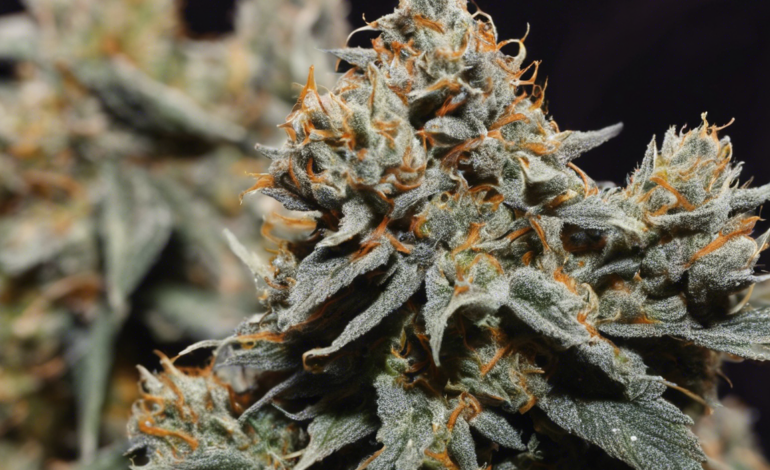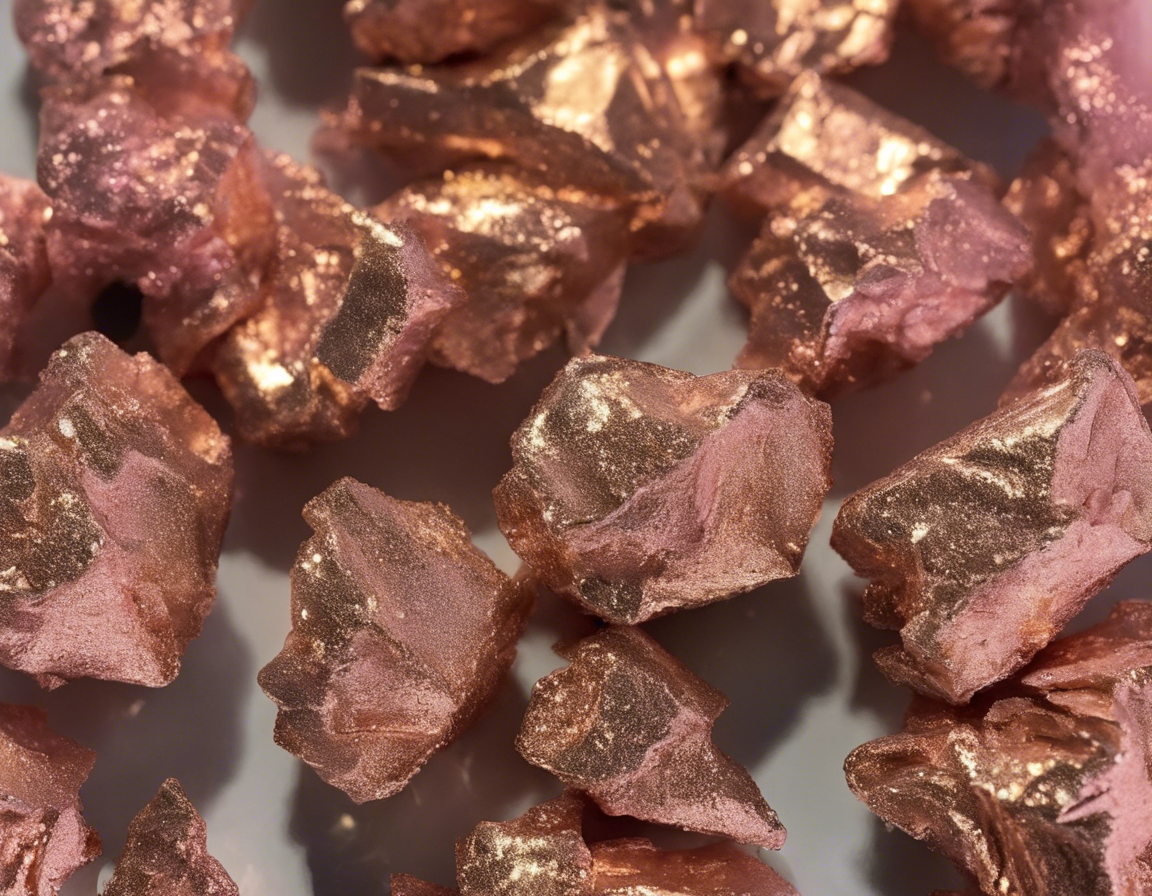
Today’s Silver Price: Latest Updates and Trends
The silver market is closely watched by investors, collectors, and industry participants around the world. As a precious metal, silver plays a crucial role in various industries such as electronics, jewelry, and photovoltaics. Additionally, many individuals view silver as a store of value and a hedge against inflation, much like its counterpart, gold.
Understanding Silver Prices
Silver prices are determined by a variety of factors, including supply and demand dynamics, geopolitical events, economic indicators, and market speculation. The spot price of silver refers to the current price at which silver can be bought or sold for immediate delivery.
Factors Influencing Silver Prices
-
Supply and Demand: Like any other commodity, silver prices are influenced by the fundamental forces of supply and demand. The production of silver is concentrated in a few key countries, and any disruptions in mining operations can have a significant impact on prices.
-
Industrial Demand: Silver is widely used in various industrial applications, particularly in the electronics and solar panel industries. Changes in industrial demand can have a direct impact on silver prices.
-
Investor Sentiment: Investors often turn to silver as a safe-haven asset during times of economic uncertainty. Increased investor interest can drive prices higher, while a sell-off can lead to price declines.
-
Currency Fluctuations: As silver is traded in U.S. dollars, fluctuations in the currency markets can also impact silver prices. A weaker dollar typically leads to higher silver prices, as it makes the metal cheaper for foreign buyers.
-
Inflation and Interest Rates: Silver is often seen as a hedge against inflation, as its value tends to rise when the purchasing power of fiat currencies declines. Additionally, changes in interest rates can also influence silver prices.
Current Trends in the Silver Market
In recent years, the silver market has seen several notable trends that have impacted prices and market dynamics:
-
Price Volatility: Silver prices have exhibited significant volatility, driven by a combination of economic uncertainty, geopolitical tensions, and shifting investor sentiment. This volatility can present both opportunities and challenges for market participants.
-
Supply Constraints: The production of silver is influenced by a variety of factors, including mine closures, labor strikes, and regulatory changes. These supply constraints can impact prices and lead to higher volatility in the market.
-
Silver ETFs: Exchange-traded funds (ETFs) have become an increasingly popular way for investors to gain exposure to silver prices. ETFs backed by physical silver have grown in popularity, providing investors with an easy and cost-effective way to invest in the metal.
-
Silver Coins and Bars: Retail demand for silver coins and bars has also been strong in recent years, driven by both investors and collectors looking to add physical silver to their portfolios. This demand can also impact prices, especially during periods of high volatility.
Outlook for Silver Prices
Looking ahead, the outlook for silver prices remains uncertain, with a variety of factors influencing the market. Geopolitical tensions, economic indicators, and central bank policies can all impact prices in the short term. In the longer term, structural changes in the global economy, such as the shift towards renewable energy and increasing demand for electronic devices, could provide support for silver prices.
Frequently Asked Questions (FAQs)
- Is silver a good investment?
-
Silver can be a good investment for those looking to diversify their portfolios and hedge against economic uncertainty. However, like any investment, it carries risks and may not be suitable for all investors.
-
How do I invest in silver?
-
There are several ways to invest in silver, including buying physical silver coins and bars, investing in silver ETFs, or trading silver futures contracts. Each method has its own advantages and risks.
-
What drives the price of silver?
-
The price of silver is driven by a variety of factors, including supply and demand dynamics, investor sentiment, currency fluctuations, and macroeconomic trends.
-
Is silver more volatile than gold?
-
Silver prices tend to be more volatile than gold prices, as the silver market is smaller and more sensitive to changes in supply and demand.
-
Can I use silver as a hedge against inflation?
- Silver is often used as a hedge against inflation, as its value tends to rise when the purchasing power of fiat currencies declines. However, its effectiveness as a hedge may vary depending on market conditions.
In conclusion, the silver market remains dynamic and subject to a wide range of influences. Understanding the key factors driving silver prices can help investors and industry participants make informed decisions in this ever-changing market environment. Through careful analysis and monitoring of market trends, individuals can navigate the complexities of the silver market and position themselves for potential opportunities in the future.





